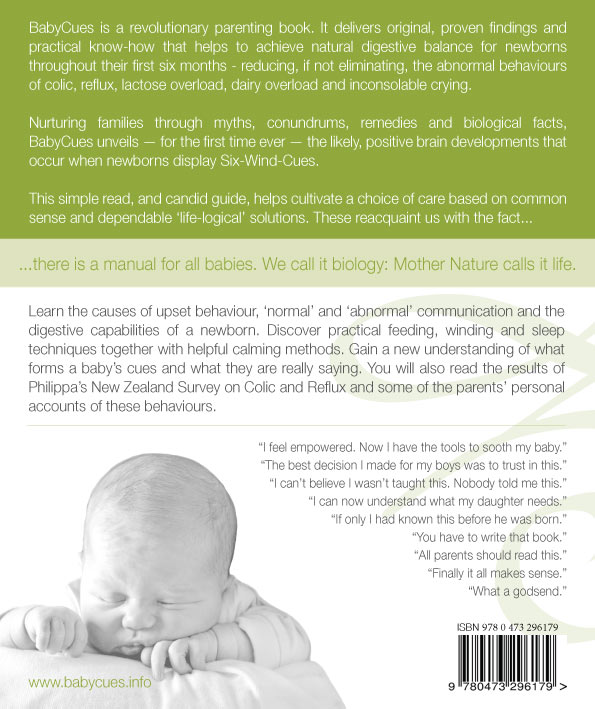Nutritive and Non-nutritive Sucking

Over the last month I have been attending the Gold Lactation Online Conference and this morning I listened to Ruth Lucus (PhD, RNC, CLS, is a maternal-infant health nurse researcher with a focus on infant breastfeeding behaviours) whom talked about 'Infant feeding behaviours as a measure of neuro-development.' Part of her talk inspired this brief but helpful article.
What is nutritive and non-nutritive sucking?
Nutritive sucking is when baby is sucking and said to be gaining milk. Non-nutritive sucking is said to be when a baby is sucking but they are full so they are just sucking for comfort. However, non-nutritive sucking still has a baby demanding supply. It still turns on the cascade of hormones that produce more milk. It also has the baby swallowing more milk, albeit at lower levels, even though they are full. This is how the sucking/demand reflex works. Therefore, non-nutritive sucking can jeopardise digestive health by overloading the system on many levels, not to mention the effects this can have on both the mother's mental and physical health, inclusive of sore nipples, engorged breasts, possible mastitis and sleep deprivation.
Get the help you need
Hailed as a game changer, life-saver and a must read from parents and postnatal professionals, this self-help book truly has the answers that NATURALLY prevent and heal the symptoms of colic, reflux, silent reflux, the witching hour and lactose and dairy overload - aka Digestive Overload, the true cause of these symptoms.


- nurture your child's digestive system
- Burp your baby to comfort
- Understand their Six-Wind-Cues
- Calm baby with techniques that work


LEARN HOW TO
- nurture your child's digestive system
- Burp your baby to comfort
- Understand their Six-Wind-Cues
- Calm baby with techniques that work
What is a healthy pattern for breastfeeding?
When baby first latches on, their suck and swallow ratio should be one suck to one swallow (1:1). As the feed progresses this will become 2:1, moving onward to 5:1 or 6:1 anywhere from ten to twenty minutes. At this point your baby is generally sucking for comfort. De-latching at this ratio can prevent overloading their stomach beyond what it can cope with. Thus avoiding short sleep cycles, arching backwards, pedaling legs, crying, reflux and other unsettled behaviour which may diagnosed as colic and/or reflux - or what I call Digestive Overload, the cause of these behaviours.
One must also remember that our newborns have a natural rooting reflex which will have them looking to suck if their cheeks are touched on either side of their mouth. As you de-latch, this reflex and the natural feeling off something being pulled out of their mouth can create more sucking but this doesn't always mean they are still hungry. The majority of newborns can take what they need within 10-15 minutes of being continually latched and with a consistent suck. Some baby's however need to be latched for 20 minutes to gain what they need but generally, feeding beyond this time overloads their digestive system causing Digestive Overload behaviours.
Assisting your baby with non-nutritive sucking
Learning how to use a pacifier correctly in-between feeding, or your little finger turned upside down, can be extremely beneficial for a baby. Not only for their mental health by stimulating calm, but also for the baby's digestive health because, when a baby sucks away from food they swallow more saliva which holds necessary digestive enzymes to breakdown their milk appropriately. Also, by using a pacifier or your little finger mothers regulate supply in accordance with their baby's digestive capabilities instead of using the breast and having baby swallow more milk that may cause discomfort. This also reduces the chance of getting engorged, sore nipple and an oversupply for breastfeeding mothers. You can read more about these aspects here.



